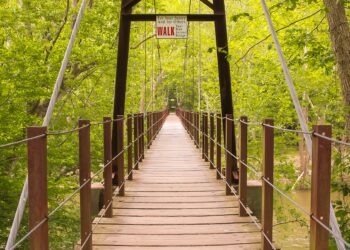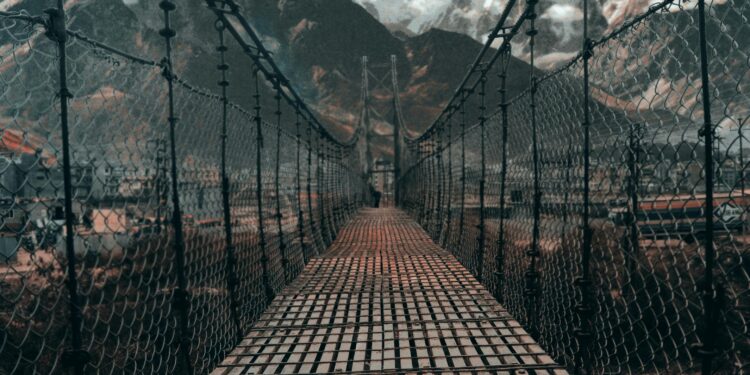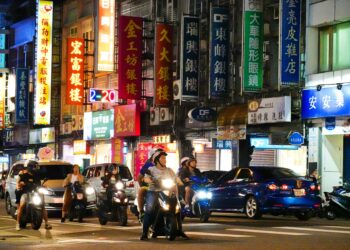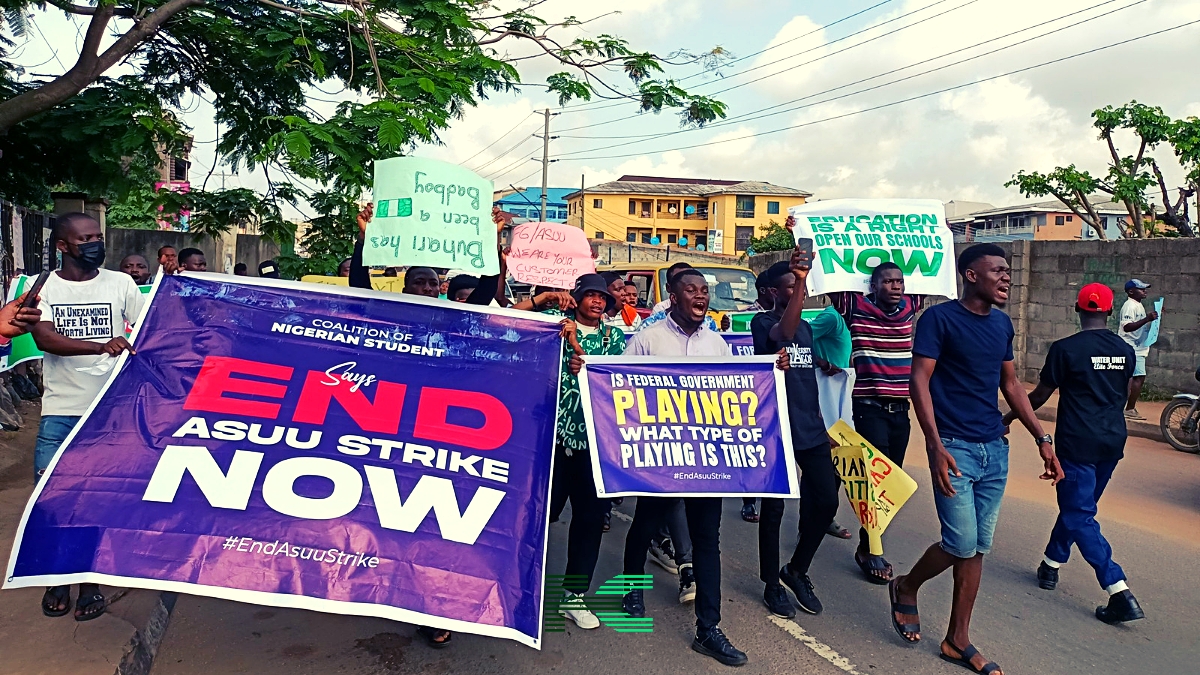Three days after the Potiskum-Gashua road in Yobe State was split in two, another bridge has been destroyed following heavy rainfall. The rainfall, which lasted more than 12 hours on Friday, caused significant damage at Jumbam in the Bursari Local Government Area, cutting off the bridge along the Damaturu-Dapchi federal road.
Vital Road Links Severed
The bridge at Jumbam was a crucial alternative route linking six local government areas of northern Yobe and several others in eastern Yobe to Damaturu, the state capital. The destruction of this bridge has further isolated these regions, following the earlier damage to the Potiskum-Gashua road.
Eyewitness Account
Bala Mohammed, a driver based in Babbangida, the headquarters of Tarmuwa Local Government Area, described the incident in an interview with Channels Television. He noted that the bridge was destroyed in the early hours of Friday, adding to the growing list of infrastructural damages in the state due to the heavy rains.

Impact on Local Government Areas
The destruction of the Jumbam bridge has now left nine local government areas in northern and eastern Yobe stranded. These include Machina, Nguru, Karasuwa, Bade, Jakusko, Yusufari, Geidam, Yunusari, and Bursari. Residents in these areas are now forced to use canoes to access Damaturu, or alternatively, travel through Hadejia in Jigawa State, which is over 500 kilometers away.
Economic and Agricultural Activities Disrupted
The damage to these two major federal roads has severely disrupted economic and farming activities in northern and eastern Yobe. The isolation of these regions from the state capital is expected to have significant long-term impacts on the livelihoods of residents and the overall economy of Yobe State.
Conclusion
The repeated infrastructural damage caused by heavy rainfall in Yobe State highlights the poor state of bridges and roads within the state and calls for the construction of resilient road networks that can withstand extreme weather conditions. Without immediate intervention, the affected local governments could face prolonged economic hardship, further isolating communities and stifling development in the region. The state and federal governments must prioritize repairs and the construction of more durable infrastructure to prevent such disruptions in the future.

















